Mushrooms and fungi
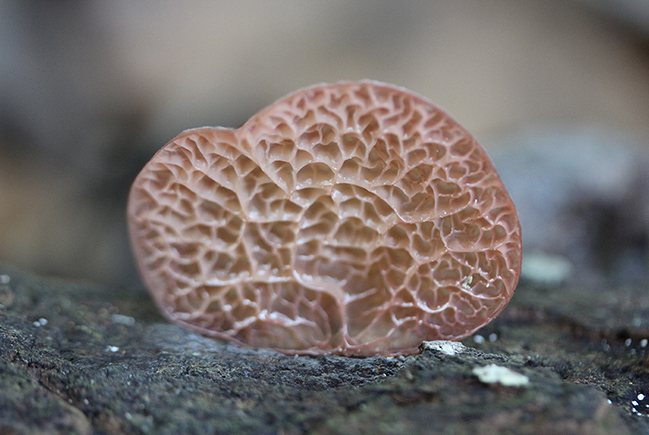
Fungi are known by their common names such as mold, mildew, yeast, and mushrooms. They are classified in their own kingdom: Fungi. They are distinguished from animals and plants because they feed by absorption and their cell wall is composed of chitin. There are six major groups of fungi: Microsporidia, Chytridiomycota, Zygomycota, Glomeromycota, Ascomycota, and Basidiomycota.
Parts of the fungi
With the naked eye, we can only see the macrofungi, and what we usually see are mushrooms. However, the mushrooms are not the whole organism. They are only their reproductive structures, similar to fruits in plants.
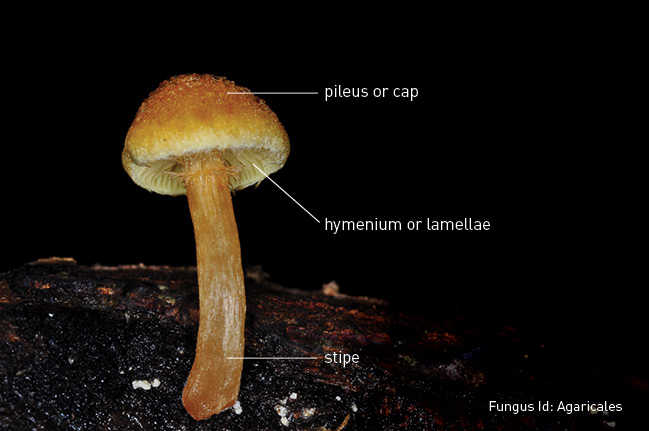
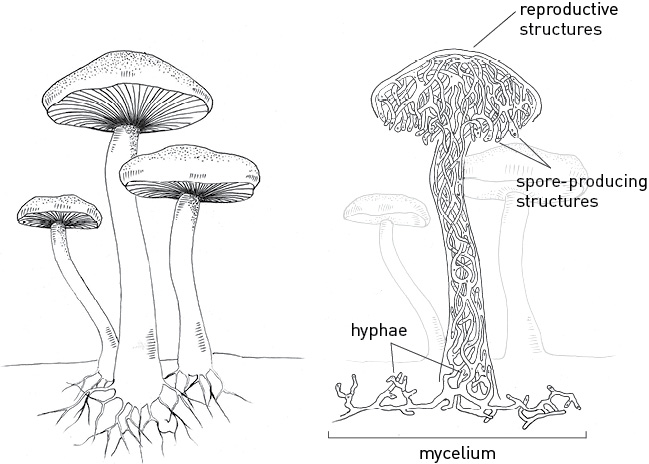
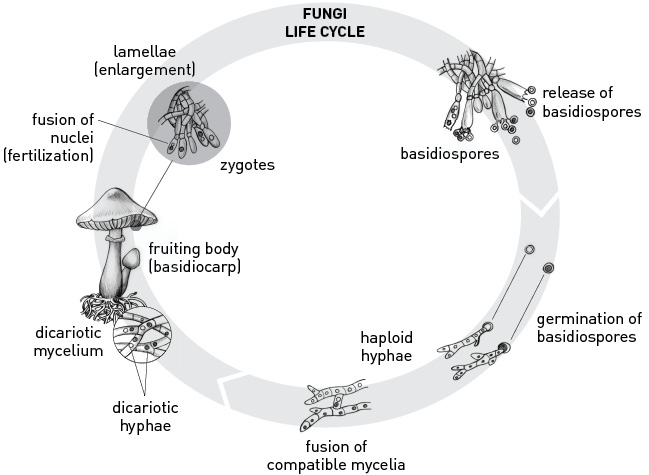
Interactions
The interactions between fungi and dead organic matter and plants are one of the pillars that sustain life in the forest. Fungi decompose fallen leaves and branches into smaller compounds that are absorbed both by them and the vegetation. Some fungi, called mycorrhizae, associate themselves with the roots of the plants, protecting them from diseases while receiving water and nutrients. Others, called endophytic, live inside the plants – in their roots, leaves, and stems –, protecting them from diseases and herbivorous attacks. Fungi also combine themselves with algae, forming lichens, and can interact with various insects and other animals, causing diseases or serving as food.
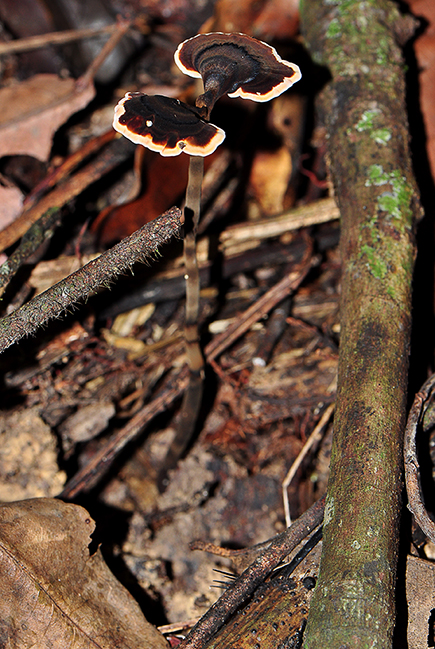
decomposed by the fungi • Photo Vanessa Gama

Did you know?
There are about 70 to 120 thousand known species of fungi. About 1,200 new species are described every year, and there are an estimated 3 million fungi worldwide. Researchers believe that the vast majority of unknown species are found in tropical forests, such as the Amazon.
Fungi were once considered primitive plants, but genetic studies have shown that they are evolutionarily closer to animals. The main characteristic that brings them closer to animals is the presence (in chytrids) of spores with flagellum, similar to spermatozoa.
Economic importance
Fungi have been used by mankind for centuries in the production of cheese, meats, breads, and fermented beverages. They are also used as antibiotics, the most famous being the fungus Penicillium chrysogenum, from which penicillin is obtained.
